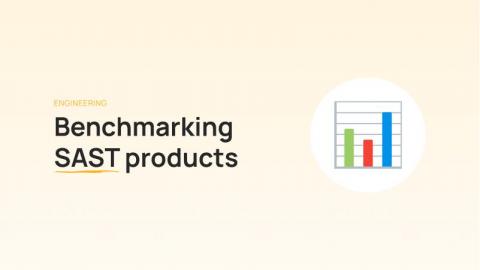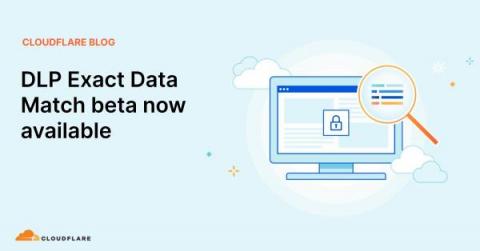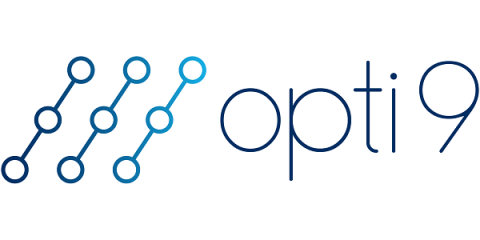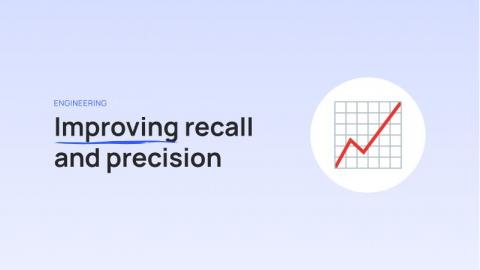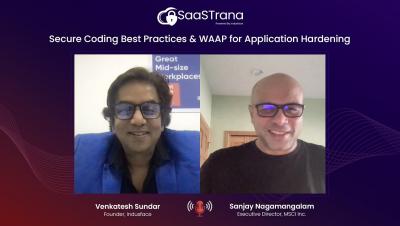Using MFT to Solve Your Cloud Data Challenges: 5 Key Takeaways
As business operations evolve, the challenge of securely moving data within the cloud is one of elevated concern. Transferring sensitive information to it is another. Many are caught between what worked in on-prem technologies and what is needed in cloud-based architectures. Others have sidestepped the security challenges by implementing a Managed File Transfer (MFT) solution.




